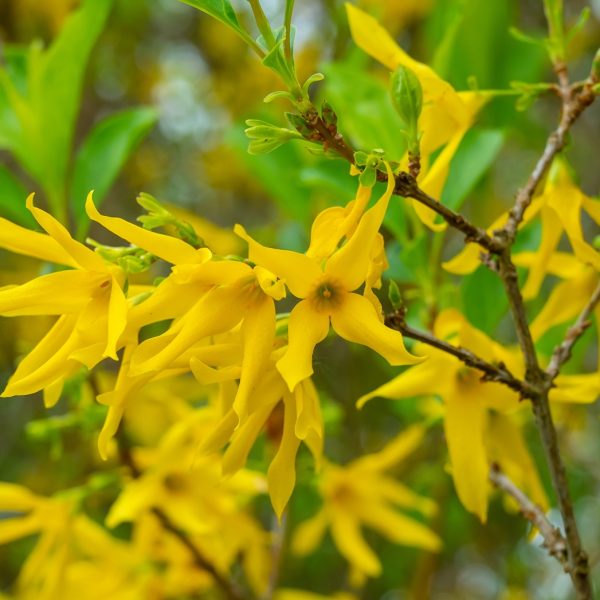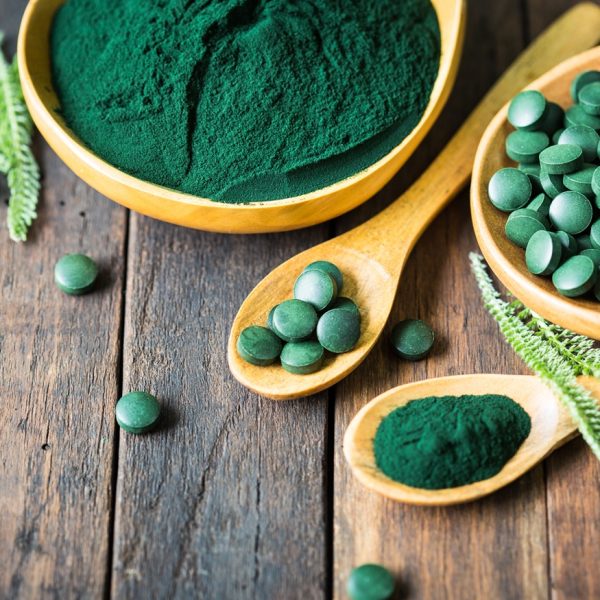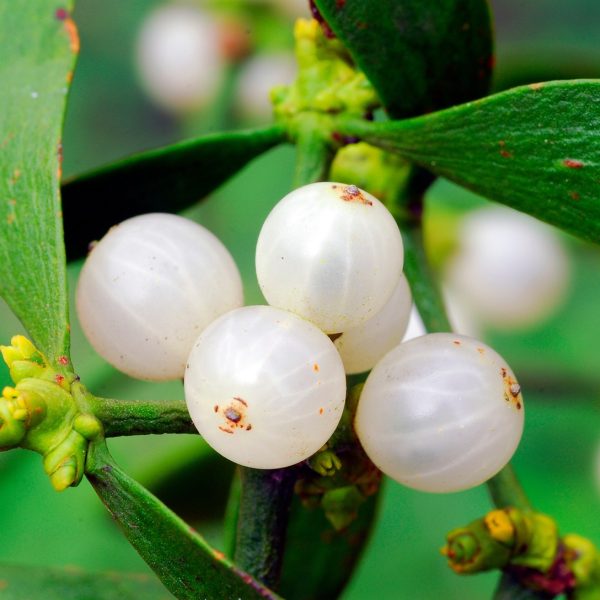
This St John’s wort infused oil recipe makes a rich healing oil which can be used externally to treat nerve pain and skin irritations and injuries.
20 minutes prep time | 5 minutes cooking time | 750 ml | Beginner
St John’s wort has an affinity for the nervous system and has traditionally been used externally for the treatment of nerve pain, bruises and wounds. This recipe harnesses the vitality of the fresh flowers to create a rich, deep red oil that can be used neat or included as a key ingredient in salves and balms.
The traditional method of a sun extraction provides the catalyst in converting protohypericin and protopseudohypericin into the active medicinal constituent hypericin. Hypericin is responsible for the deep blood red colour of the oil which occurs after extended light exposure. This recipe benefits from using freshly picked flowers and tops rather than dried material.
Ingredients
St John’s wort flowers
How to make St John’s wort infused oil
- Pick fresh St John’s wort flowers and top 2–4 inches of the leaves, ensuring correct identification of the plant.
- In order to make a 1:2 oil, weigh the flowers and use double the amount of oil to flowers (eg. 50 g:100 ml)
- Place the flowers in a kilner jar and cover with the carrier oil ensuring the flowers are fully submerged.
- Place the oil on a sunny windowsill or in the garden for between 2–4 weeks to macerate in the sun.
- Strain the mixture through a muslin cloth and store in labelled bottles.
Top tips for St John’s wort infused oils
- Including some unopened flower buds along with the flowers and tops will add to the medicinal benefit as the buds contain the highest levels of hypericin.
- Use fresh plant rather than dried plant material for the most potent maceration.
- For a more concentrated mixture, the oil can be double macerated by adding more flower buds to the strained mixture and repeating the process.
- Plants grown in warmer temperatures will have a higher concentration of the medicinal compounds.
- St John’s wort oil can cause photosensitivity in some individuals, and therefore, caution is advised when applying the oil to the skin in direct sunlight.
How to store infused oils
The oil should be stored in airtight bottles in a cool, dark storage space. The oil will be at its most potent within 1–3 months and is best used within six months. Due to the water content of the fresh flowers, the oil is at a higher risk of spoiling and care is advised to check the quality of the oil regularly after six months before using.
Medicinal benefits St John’s wort infused oil

St John’s wort has a long tradition of medicinal use for topical and internal applications. This plant has a strong association with sunlight, and is often referred to as ‘the one that brings the light’ due to its bright yellow flowers and modern indications for depression and seasonal affective disorder (SAD).
Internally, St John’s wort acts as an antidepressant by increasing serotonin levels in the brain. It also has powerful anti-inflammatory and antiviral actions, and is specific in the treatment of shingles. An external application can help to soothe the shingles rash as well as acting as a nerve restorative.
Its wide ranging vulnerary and anti-inflammatory actions indicate St John’s wort in the treatment of a variety of skin irritations including bruises, minor cuts and sunburn. St John’s wort is also an antirheumatic and is used to treat sciatica, neuralgia and other forms of nerve pain.
Safety note: St John’s wort can cause photosensitivity, so any areas where the oil has been applied should avoid sun exposure.
St John’s wort FAQs
How to positively ID St John’s wort?
Hypericum perforatum is distinguishable from its relative Hypericum species by the many small oil glands which appear as holes when the leaf is held up to the light.
Which is the best carrier oil to use?
St John’s wort is often macerated in sunflower or olive oil, however there are a variety of other suitable oils offering an array of additional benefits including apricot kernel, sweet almond or jojoba oils. Using an organic carrier oil sourced from a reputable supplier is recommended to ensure the efficacy and safety of the final product.
Can the plant be substituted with dried St John’s wort?
Yes, the recipe can be repeated using dried St John’s wort, however the end result will be less potent than the fresh flower maceration. The dried herb oil will be more stable and have a longer shelf life as a result of the reduced water content.





























